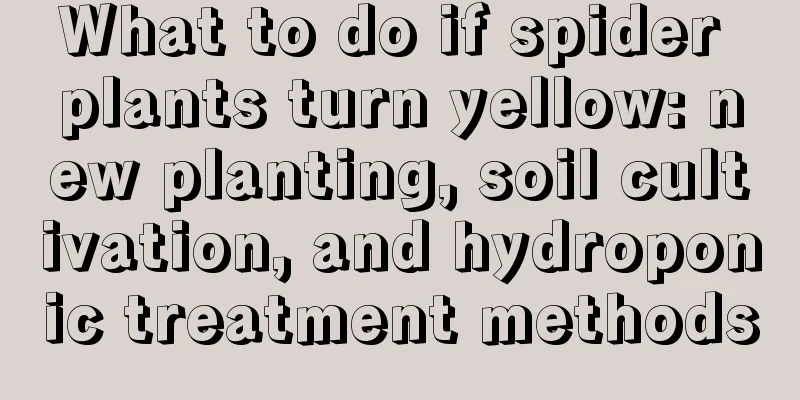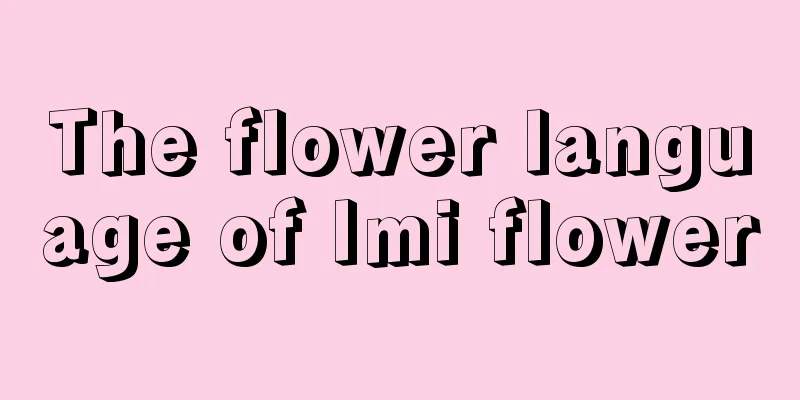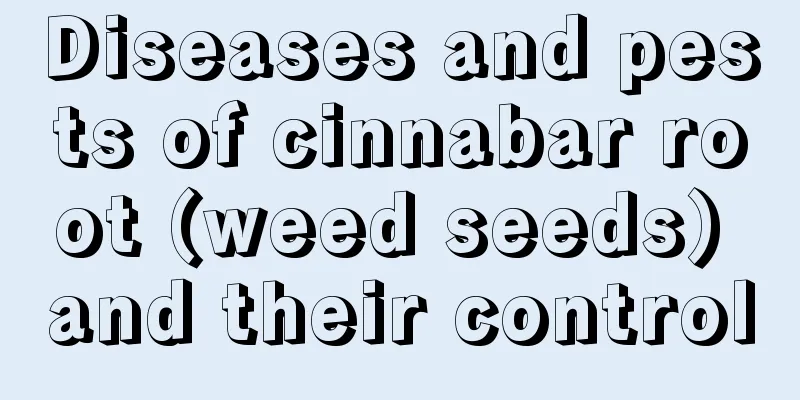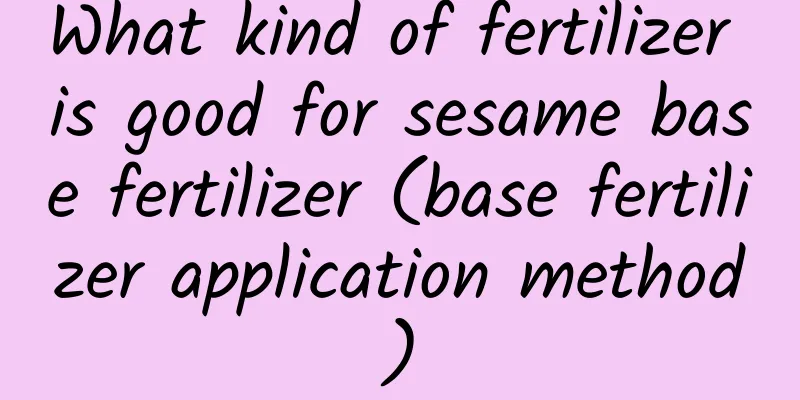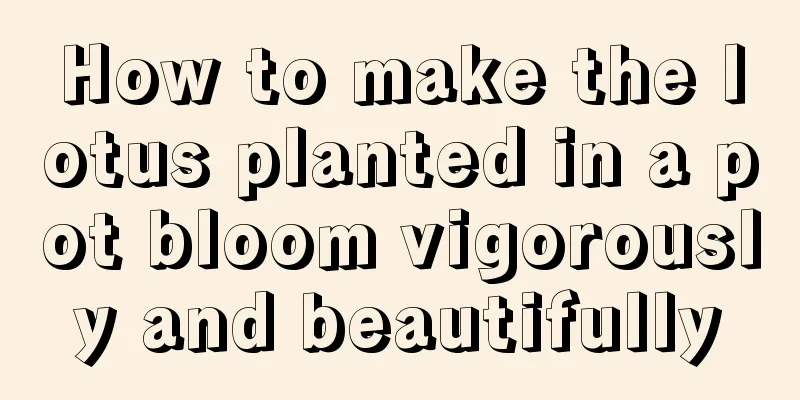How many years does it take for monk fruit to bear fruit?

Introduction to Growing Monk FruitMonk fruit generally grows in areas with an altitude of 300 to 1400. It is relatively shade-tolerant and prefers a moist, foggy and cool environment. It is commonly found under forests on hillsides and in moist areas by rivers. It is a short-day crop that only requires 7 to 8 hours of light a day. It requires a large temperature difference between day and night and an annual rainfall of about 1900 mm. It is suitable for planting in loose, fertile, well-drained, deep and moist soil. Luo Han Guo is not resistant to high temperature environment. When the ambient temperature is between 22-28 degrees, the vines grow rapidly. When the temperature is above 34 degrees, the plants grow poorly. It is not cold-resistant and the plants stop growing when the temperature is below 15 degrees. It is usually planted in spring and autumn, when the survival rate is slightly higher. The fruit of monk fruit planting for several yearsIf the monk fruit is planted directly as a seedling, as long as it is well cultivated and cared for, it can bear fruit in the same year, or it can bear fruit in the next year. The grafted monk fruit can bear fruit after one year of care. Why doesn't monk fruit bear fruit?The reason why Luo Han Guo does not bear fruit may be that too much nitrogen fertilizer is applied, the branches and leaves are lush, there is insufficient light, or it is difficult to bloom and bear fruit under strong exposure to sunlight. In addition, not enough phosphorus and potassium fertilizers are applied before the flowering period, and improper pruning will also affect the fruiting. Key points for planting monk fruitLuo Han Guo can be planted in spring with land preparation, with row spacing of 2 meters, plant spacing of 1.5 meters, and 30 cm deep holes dug. After planting, use miscellaneous wood as a support to build a large shed. Top dressing is required 4-5 times a year, combined with tillage and weeding. During the flowering period, male pollen can be scraped with a bamboo stick, and then gently applied to the female stigma with a brush dipped in male pollen. In winter, the low temperature requires covering with straw, and root nematode disease must be prevented and controlled in time. |
Recommend
This is the kind of simple life that Chinese people want most!
Wherever there are Chinese people, there is the s...
What is the best month to plant water peanut seeds?
When to plant water peanut seeds Water peanuts ar...
How to repot succulent plants
1. Choose a pot As the succulent grows, the size ...
How to make alfalfa sprout quickly
Alfalfa germination environment Alfalfa will prod...
Which month is best to plant lilies?
Lilies are widely loved for their elegant posture...
Don’t keep spider plants in the living room. Keep one of these “4 types” of house-guarding trees at home to bring good luck in the new year!
Rubber Tree Although rubber trees are most suitab...
Can copper coin grass be placed in the fish tank?
Can pennywort be placed in a fish tank? In fact, ...
It is unlucky to plant jasmine at home
1. It is unlucky to plant jasmine at home It is a...
The efficacy and function of figs
1. Promotes Weight Loss Dried figs can help you l...
Chrysanthemum cultivation methods and management
Chrysanthemums , popular for their fall blooms an...
How to grow Jade Plant in autumn
1. Sufficient water For Jade Plant, its growth pe...
When is the best time to plant bamboo?
The timing of bamboo planting needs to be determi...
Autumn eggplant planting time and method
Autumn eggplant planting time Autumn eggplant is ...
What kind of soil is suitable for rosemary?
Which flower pot to choose for rosemary Rosemary ...
What are the effects of jasmine tea and what are the taboos
1. The role of jasmine tea 1. Soothe the liver an...
